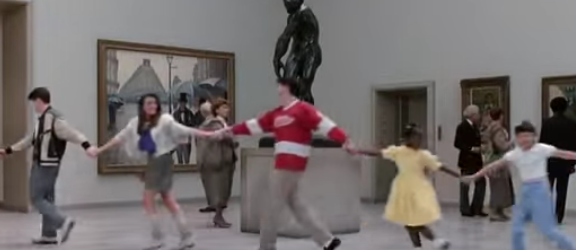These quotes are not intended as maxims about running cultural organizations – though too many institutions act as if they are.
It’s December! This month is crazy. Organizations are pushing out their final charitable giving requests and I’m scrambling between clients giving annual wrap-up reports. And despite the work craziness right now, many of us will also be doing what we can to spend the last few weeks of the year with our friends and loved ones. That’s the time for excellent company, good books, hot chocolate, warm blankets, and good movies (if you ask me)! In...Never miss the latest read on industry data and analysis.
Already have an account? Sign In


